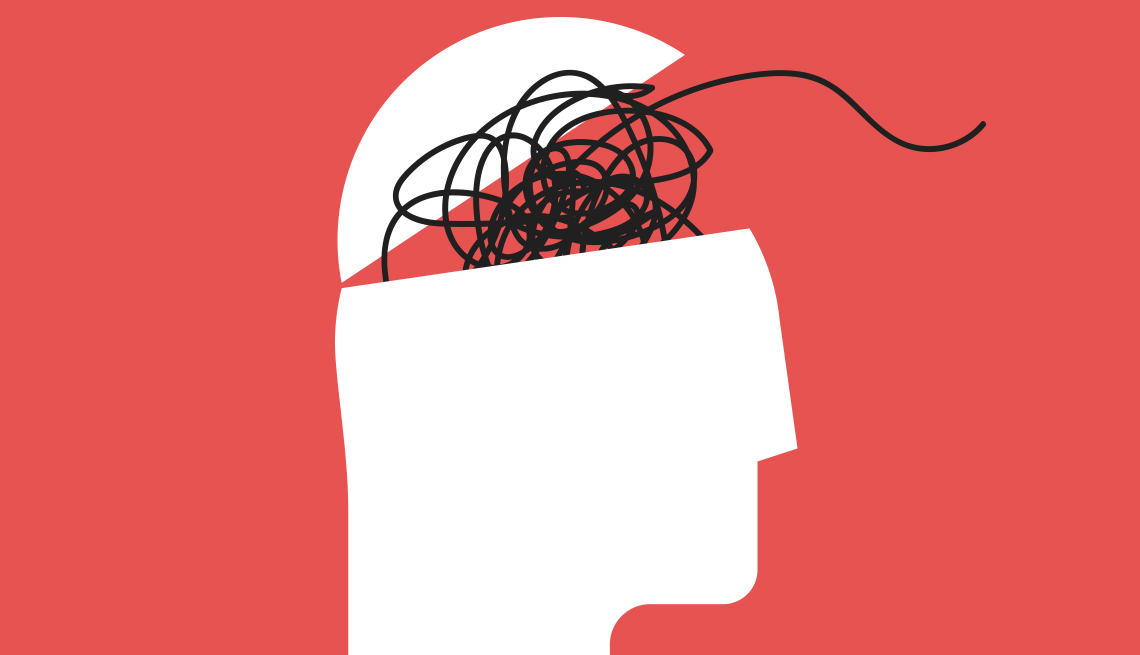AARP Hearing Center
Neil Swanson says his wife of 52 years was always trying to understand why a guy like him, who seemed so smart, had so much trouble keeping track of time and staying organized.
Swanson, 79, says that when the couple, from Warrenton, Virginia, were raising their twins, his wife “wasn't sure she felt safe leaving them with me. She thought I would forget they were there. I would get distracted or hyper-focus on something."
He bounced from job to job — as a minister, a counselor, a construction contractor and a building consultant. Without stability, the family was in debt, and he blamed himself. “I thought my failure to function might just be my own lack of self-discipline,” he says.
Finally, about 17 years ago, Swanson was diagnosed with attention-deficit disorder/hyperactivity disorder, or ADHD. “That was quite a revelation,” he says.
Getting Help
To find support and more information about ADHD, visit the National Resource Center on ADHD, a program of the nonprofit Children and Adults with ADHD.
What is ADHD?
In the 1960s children who appeared unable to control their behavior were described as having “hyperkinetic impulse disorder,” a diagnosis formally recognized by the American Psychiatric Association in 1968. It was renamed ADHD in the 1980s and now is one of the most commonly diagnosed childhood neurodevelopmental disorders. Its symptoms can include attention difficulties, hyperactivity and impulsiveness. Someone may have one or multiple symptoms, sometimes distinguished with a more specific diagnosis of impulsive/hyperactive-type ADHD, inattentive-and-distractible-type ADHD (once described as ADD, but no longer) or combined-type ADHD.
The Centers for Disease Control and Prevention (CDC) estimates that 6.1 million children have a diagnosis of ADHD — with the percentage of diagnoses increasing since 1997, the first year of the now-annual national survey. Experts don't know whether the numbers are growing because more kids have ADHD or because doctors are more likely to identify it. There's no clear cause, but it tends to run in families. Low birth weight, brain injury, exposure to environmental toxins such as lead, and a mother's cigarette smoking and alcohol or drug use during pregnancy are also risk factors for the disorder.
About 70 percent of people who are diagnosed with the disorder as children continue to have symptoms as adults, but it doesn't spontaneously appear for the first time in adulthood, says Mary Rooney, chief of the Child and Adolescent Psychosocial Interventions Research Program at the National Institute of Mental Health in Bethesda, Maryland. “You just don't have ADHD onset in adulthood without evidence of impairment in childhood,” she explains.






































































